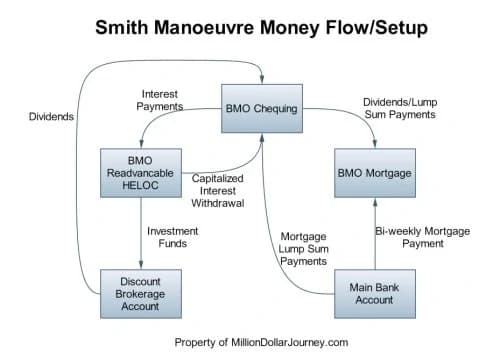Navigating GST/HST can be a major source of stress for business owners, but it doesn't have to be. Understanding this system is crucial for your financial health, and a little knowledge can help you optimize your cash flow and stay compliant.
Here’s a simple guide to how GST/HST works and how TaxedIn Solutions can help you master it.
The Basics: HST and Input Tax Credits (ITCs)
In Ontario, we use the Harmonized Sales Tax (HST) at a rate of 13%. As a business, you collect HST on your sales and pay HST on your expenses. The key to saving is the Input Tax Credit (ITC)—the HST you paid on business purchases. You subtract these ITCs from the HST you collected on sales, meaning you only remit the tax on the "value added" by your business.
The Two Ways to Remit GST/HST
The Canada Revenue Agency (CRA) offers two main methods for calculating your remittance.
The Regular Method
How it works: You meticulously track all the HST you collect on sales and every ITC you pay on expenses, then remit the difference.
Best for: Businesses with high expenses and a lot of ITCs to claim.
The Quick Method
How it works: For businesses with revenue under $400,000, you use a fixed, lower remittance rate on your total sales. In exchange, you generally don't track ITCs on most purchases.
Best for: Businesses with low expenses or service-based businesses that want to simplify their bookkeeping.
Our Advantage
Choosing the wrong method can cost your business thousands. At TaxedIn Solutions, we analyze your unique situation to determine which method is most beneficial.
We handle everything from accurate filings to strategic planning, ensuring you save money and gain peace of mind. Don't let GST/HST become a source of stress—partner with us and turn tax compliance into a financial advantage.
